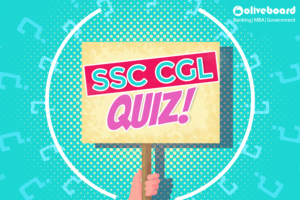Blog, FACTS, GEOGRAPHY, IN ENGLISH
[Geography] Planets and Satellites, Mercury, Venus, The Earth & Mars
Some Notable Facts About Various Planets and Satellites
Mercury, Venus,The Earth & Mars
Mercury
-
Mercury is the closest planet to the Sun.
-
It is extremely hot planet.
-
The planet has no water on it.
-
Mercury planet has no gases like CO2, N2, H2, and O2 which can act as building blocks of life.
-
Mercury planet has no protective blanket like Ozone around it to prevent us from harmful radiations.
Venus
-
Venus is the second planet in distance from the Sun. This planet is nearest to the Earth and is also the brightest planet.
-
Venus is known as the “Evening Star” as well as “Morning Star”.
-
Venus is surrounded by a thick cloud cover, hence known as the “Veiled Planet” veil ‘means unclear/cover).
-
Venus is like the Earth in size and mass, and hence also known as the “Earth’s twin”.
-
Venus is a very hot planet.
-
Venus has no water on it.
-
There is no sufficient oxygen on the Venus.
The Earth
-
Earth is the largest of the inner planets.
-
The Earth is 23 ½ ° tilted on its axis and thus makes 66 ½ ° angle.
-
It takes 23 hours 56 minutes and 4.091 seconds to rotate on its axis.
-
It takes 365 days, 5 hours and 48 minutes to revolve around the Sun.
-
Earth is known as the “watery planet” or the “blue planet” due to the presence of huge amount of water on it.
-
The Earth is the only known planet which provides sustenance or life it. It has a large quantity of oxygen which supports life.
-
The earth has all the essential elements like carbon (in the form of CO2) , hydrogen ( H2), nitrogen ( N2) an oxygen ( O2) which act as building blocks for the origin of life.
-
The earth is neither to hot nor too cold. It has ‘Goldilock Zone’.
-
‘Goldilock Zone’ is the habitable Zone of solar system where all conditions are available for life to sustain.
-
The earth has a lot of water in the form of lakes, rivers and oceans for growth and survival of life.
-
The earth has enough oxygen gas in its atmosphere for the survival of living beings through breathing.
-
The earth has a protective blanket of ozone layer high up in its atmosphere to save life from the harmful ultraviolet radiations coming from the sun.
Mars
-
Iron-rich red soil and pink sky of Mars give it the name, “Red Planet”.
-
Phobos and Demos are two satellites of Mars.








